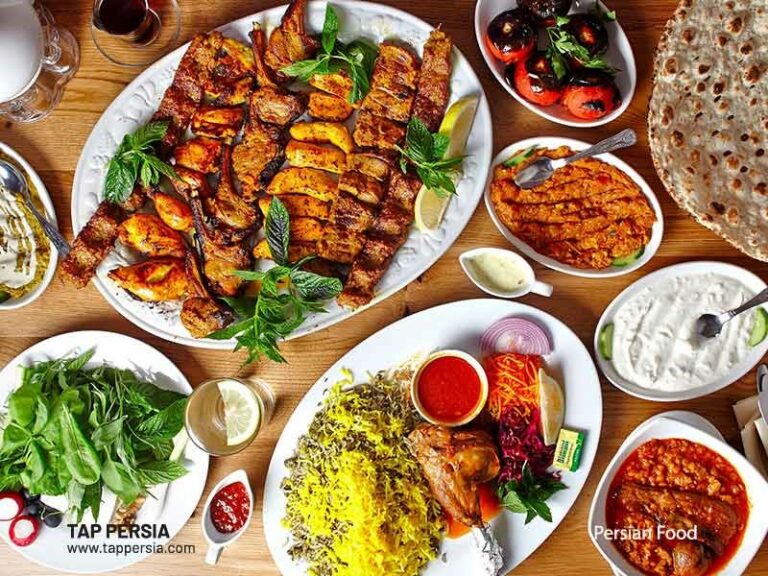Introduction: Iranian cuisine in a global context
Iranian cuisine is one of the most ancient and rich culinary traditions in the world. It is a combination of various ingredients and flavors that have been influenced by different cultures over the centuries. Iranian cuisine has remained popular worldwide because of its unique taste, aroma, and presentation. The dishes are usually served with rice, bread, meat, and vegetables.
Fusion cuisine: blending Iranian and other culinary traditions
Fusion cuisine is a type of cooking that blends different culinary traditions to create unique dishes. Iranian cuisine has been influenced by different cultures throughout history, including Turkish, Middle Eastern, and Indian. Over the years, chefs have experimented with mixing traditional Iranian dishes with other cuisines to create fusion dishes. One popular fusion dish is the Iranian-style pizza, which is made with a thin crust and topped with traditional Persian ingredients, such as lamb, yogurt, and pomegranate seeds. Another fusion dish is the Iranian-style burger, which is made with a juicy lamb patty and topped with spicy sauces and vegetables. These fusion dishes are popular in contemporary Iranian restaurants around the world.
Historical influences on Iranian cuisine
Iranian cuisine has been influenced by various cultures over the centuries. The invasions of Arab forces in the 7th century introduced spices such as cinnamon, cardamom, and saffron to Iranian cuisine. Later, the Mongol invasions brought Chinese-style noodles and dumplings to Iran. The Safavid dynasty, which ruled Iran from 1501 to 1722, brought in Ottoman-style cooking techniques and introduced pistachios, almonds, and walnuts to Iranian cuisine. The Qajar dynasty, which ruled Iran from 1789 to 1925, introduced European-style cooking techniques, such as baking and roasting. These historical influences have had a significant impact on Iranian cuisine and have contributed to the creation of fusion dishes.
Examining Iranian dishes for fusion elements
Many traditional Iranian dishes have been modified over the years to incorporate elements of other cuisines. For example, khoresh-e-fesenjan, a traditional Iranian stew made with pomegranate and walnuts, has been modified to include chicken or duck and is served with rice or bread. Another example is the Iranian kebab, which has been modified to include beef, chicken, or lamb and is served with yogurt and vegetables. These modified dishes incorporate elements of other cuisines while maintaining the traditional Iranian flavors and presentation.
Contemporary Iranian restaurants and fusion cuisine
Contemporary Iranian restaurants around the world offer fusion dishes that blend Iranian and other culinary traditions. These fusion dishes appeal to a broader range of customers who are looking for unique and exciting flavors. Some popular fusion dishes include Iranian-style tacos, Iranian-style sushi, and Iranian-style pasta dishes. These dishes incorporate traditional Iranian ingredients, such as saffron, pomegranate, and rosewater, with other cuisines to create unique and exciting flavors.
Conclusion: the future of fusion in Iranian cuisine
Fusion cuisine has become an essential part of Iranian cuisine in recent years, and its popularity is only expected to grow. As chefs continue to experiment with different ingredients and techniques, the possibilities for fusion dishes are endless. The fusion of Iranian and other culinary traditions has resulted in unique and exciting flavors that are sure to appeal to a broader range of customers. As Iranian cuisine continues to evolve, we can expect to see more fusion dishes that incorporate traditional Iranian ingredients with other cuisines to create innovative and exciting flavors.

